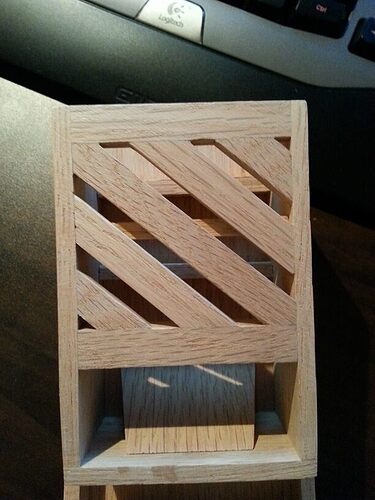Laser Cutters:
Full Spectrum Laser Hobby Gen 5 - not a bad little printer at all but very basic and software interface needs a lot of work. Cart wasn’t the most stable, and without perfect tension on belts and wheels would produce wavy lines.
Lasersaur - Really amazing machine. Great UI. Rock solid mechanics for a belt driven machine. Open source with active development and new features added regularly.
Universal / Trotech / Epilog - All great machines, solid performance but very pricey for no real added benefit unless you’re in a high-volume production setting.
CNC routers/mills
blackFoot DIY CNC - Surprisingly capable large format DIY machine as long as you’re only cutting soft materials pretty slowly.
ShopBot PRS - Great machines. Solid performance without all the fancy pro features of other machines
like Automatic Tool Changer and Vacuum Hold Down systems.
Tormach PCNC 770/1100 - Big performance for small shops. Perfect if you don’t need a big work area or have the big budget for a Haas.
Roland MDX-540 - Really, really nice machine with intuitive UI. Excellent for soft materials, never tried for metal parts.
Roland MDX-40 - The 540’s little brother. Good performance in the desktop mill category with nice attachments (rotary and mechanical contact 3D scanning). Like everything else Roland, overpriced.
ShapeOko 2 - VERY basic CNC. Surprised at how limited its abilities are. Stick to soft materials and you can get some reasonably accurate results. Not the best but very affordable entry-level machine.
3D Printers
Various RepRaps (Mendel, Kossel Mini, etc…) - You get out what you put in…with careful building and calibration you can get a VERY good printer.
MakerBot - HAHAHAHA
Ultimaker2 - Solid machine, great print quality.
Lulzbot Mini - Best entry level printer ever used. Started producing amazing prints out of the box and has been 100% reliable even being used daily for MONTHS.
b9creator - Great prints that require LOTS of time and effort to dial in if you’re interested in using 3rd party resins…which is necessary because the standard resins are very limited in terms of material properties and very over priced.
Form 1 - Can produce nice prints but fails often. The newer model claims to be more reliable but only time will tell. Great line of standard resins with useful properties (clear, flexible, hard, castable, etc…)
 I’ve recently designed a few things using Sketchup and 123d make, awaiting my machine to see if they work. My daughter has an older cricut that she uses regularly.
I’ve recently designed a few things using Sketchup and 123d make, awaiting my machine to see if they work. My daughter has an older cricut that she uses regularly.
